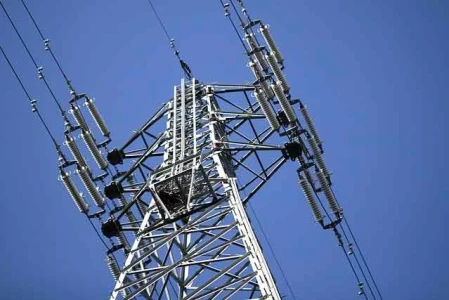Climate Change Fuels Heatwaves, Droughts, Wildfires, and Floods

Climate change is increasingly recognized as a primary driver of extreme weather events, exacerbating heatwaves, droughts, wildfires, and floods around the world. As the planet warms due to human activities, particularly the burning of fossil fuels, the natural balance of the climate is disrupted, making it harder to predict and prepare for extreme weather events. This article explores how climate change worsens these weather extremes, underlining the urgency of addressing global warming.
Heatwaves
Heatwaves are becoming more frequent, intense, and prolonged as a result of climate change. Rising global temperatures are leading to more extreme weather patterns, with some regions experiencing higher-than-average temperatures. A report by the Intergovernmental Panel on Climate Change (IPCC) suggests that extreme heat events have been exacerbated by climate change, with hotter summers becoming the norm in many parts of the world.
The mechanisms behind this trend are linked to global warming's effect on atmospheric circulation patterns. Warmer air holds more moisture, contributing to higher humidity levels, which, when combined with high temperatures, make heatwaves even more unbearable. This phenomenon has serious health impacts, particularly in urban areas, where the "urban heat island" effect can make cities significantly hotter than surrounding rural areas.
Droughts
Climate change has made droughts longer and more severe in many parts of the world. Higher temperatures lead to more rapid evaporation of moisture from the soil, reducing the availability of water in rivers, lakes, and reservoirs. In areas where precipitation patterns are already unpredictable, this intensified drying effect has devastating consequences for agriculture, water supplies, and ecosystems.
One of the clearest examples of climate-induced drought is in the Western United States, where regions like California have experienced increasingly severe drought conditions in recent decades. The combination of reduced rainfall and higher temperatures has drained water reserves, harmed agriculture, and caused wildfires to burn more easily (discussed below). As droughts worsen, water shortages become a critical issue for both human populations and wildlife.
Wildfires
The frequency and intensity of wildfires are also on the rise due to climate change. Rising temperatures and prolonged droughts create ideal conditions for fires to ignite and spread. Dry conditions make vegetation more flammable, while hotter temperatures speed up the drying of grasses and trees, making them more susceptible to combustion.
In addition to these direct effects, climate change also contributes to longer fire seasons. Traditionally, wildfire season would occur during the warmer months, but with the added effects of climate change, some regions are now experiencing fires year-round. The 2020 wildfire season in California is a prime example, with wildfires burning across the state for months, devastating homes and ecosystems. According to the National Interagency Fire Center, the average wildfire season has grown significantly over the past few decades, and this trend is expected to continue as global temperatures rise.
Floods
Flooding, both coastal and inland, is becoming more frequent and severe as a result of climate change. Rising global temperatures lead to increased evaporation and more intense precipitation events. Warmer air can hold more moisture, which increases the likelihood of extreme rainfall events. This results in flash floods, river flooding, and other types of water-related disasters.
In coastal regions, rising sea levels—another consequence of climate change—are leading to more frequent and severe coastal flooding. As glaciers melt and thermal expansion of seawater occurs, coastal cities and low-lying islands are becoming more vulnerable to storm surges and flooding. This is particularly concerning for densely populated areas such as Miami, New York, and Jakarta.
Additionally, the effects of climate change on the water cycle can lead to more intense river flooding. For example, in 2020, the Midwest experienced catastrophic flooding, worsened by heavy rains and delayed runoff from earlier snowmelt, which was linked to changing precipitation patterns. As rivers swell beyond their banks, they can inundate communities, damage infrastructure, and disrupt lives.
The worsening of heatwaves, droughts, wildfires, and floods due to climate change underscores the urgent need for comprehensive action to mitigate global warming and adapt to its impacts. The effects of climate change on these extreme weather events are not only devastating for the environment but also pose significant threats to human health, agriculture, and infrastructure. To reduce the frequency and severity of these events, global efforts to reduce carbon emissions, invest in renewable energy, and implement climate adaptation strategies are crucial.
Addressing climate change is no longer optional—it's an imperative. By taking immediate action, we can help minimize the devastating impacts of extreme weather events and protect communities around the world.








